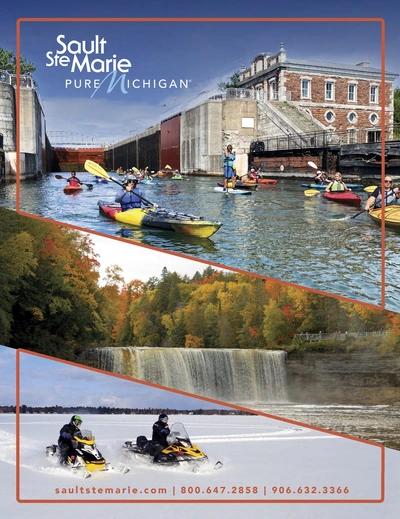Every area has its own unique history, character and demeanor. In response to our guests’ inquiries, we have put together the following answers to commonly asked questions.
The Locks :
A: Each of the Locks differs in size. In order to tell which is which, we’ve listed them in order of closest to the riverbank to farthest.
MacArthur Lock—named for General Douglas MacArthur
Constructed: 1943
Length: 800 ft.
Width: 80 ft.
Depth: 31 ft.
Water Volume: approximately 15 million gallons
Poe Lock—named for Colonel Orlando M. Poe
Constructed: 1968
Length: 1,200 ft.
Width: 110 ft.
Depth: 32 ft.
Water Volume: approximately 32 million gallons
Davis Lock—named for Colonel Charles E. L. B. Davis
Constructed: 1914
Length: 1,350 ft.
Width: 80 ft.
Depth: 23.1 ft.
Water Volume: approximately 19 million gallons
Sabin Lock—named for L. C. Sabin
Constructed: 1919
Length: 1,350 ft.
Width: 80 ft.
Depth: 23.1 ft.
Water Volume: approximately 19 million gallons


